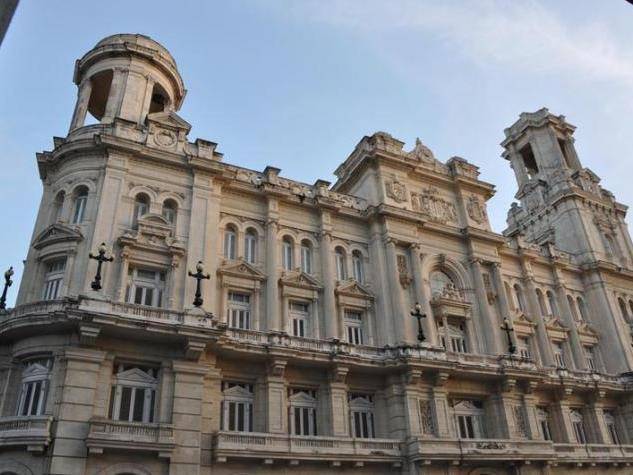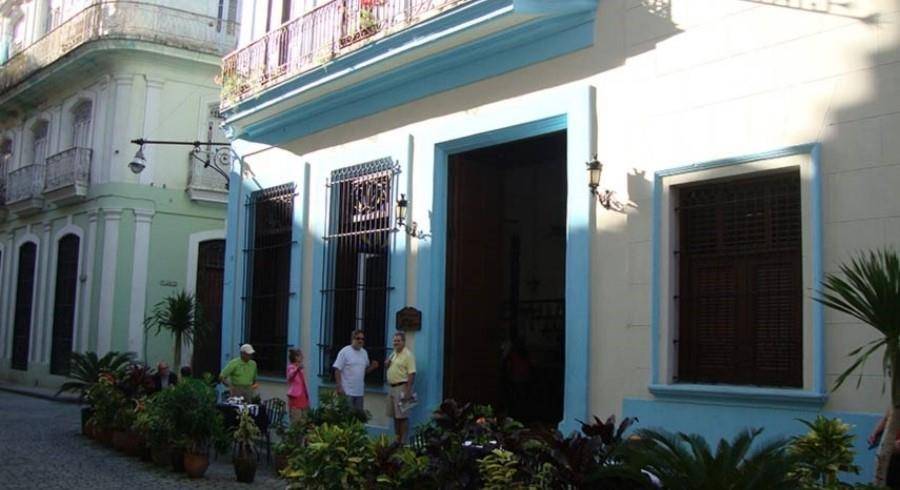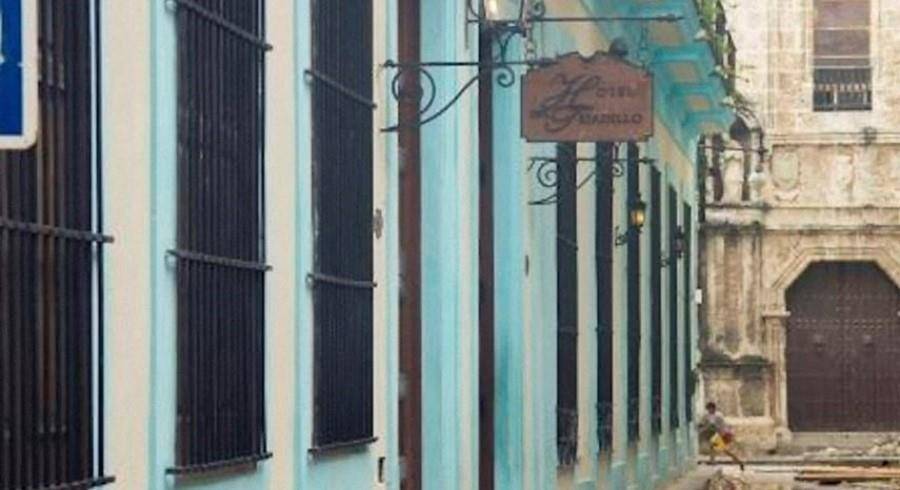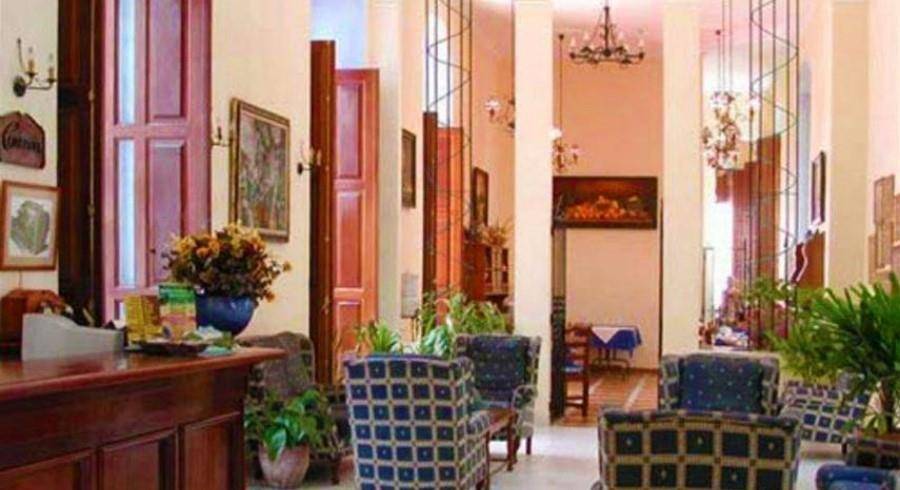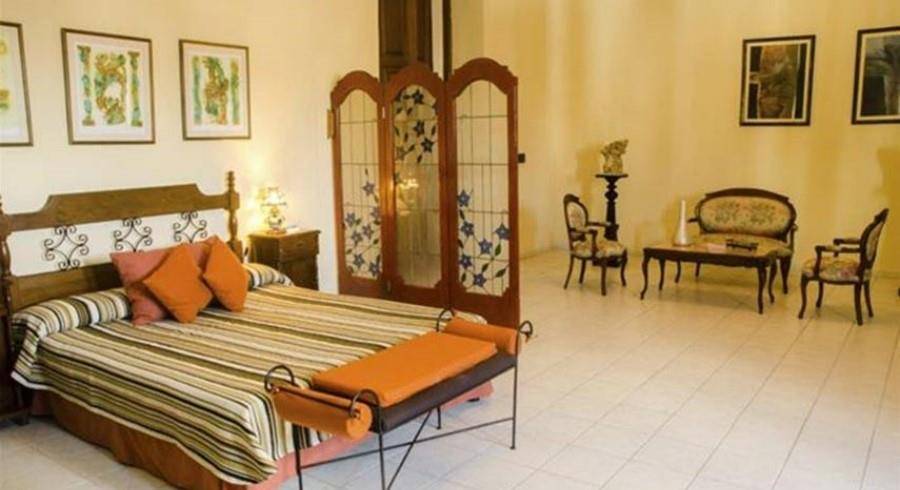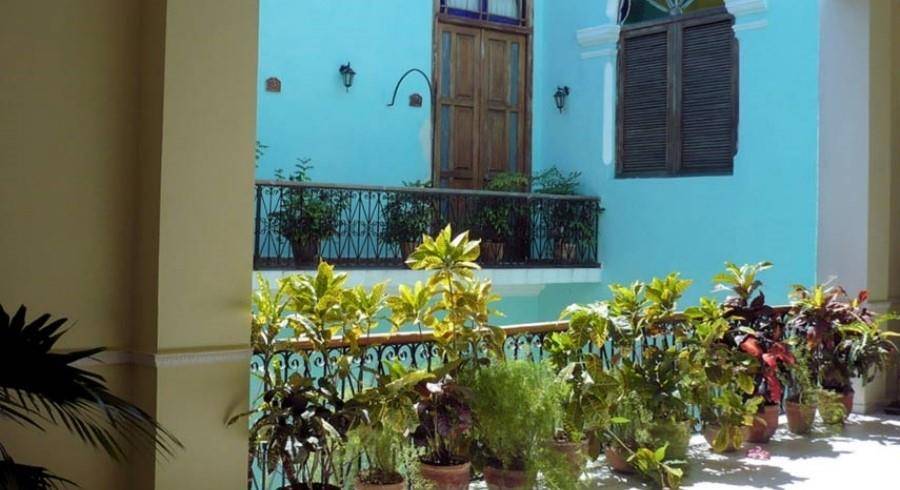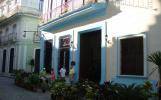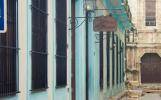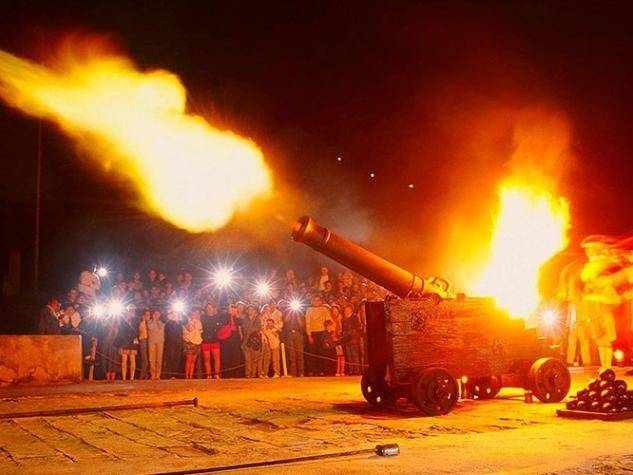About
Hostal Tejadillo
The Hotel Tejadillo is a rather eccentric establishment, with a curious though not unpleasant layout and an even more peculiar but quite useful range of facilities. The warren-like floor plan is due to the hotel being composed of three restored Havana mansions dating from the eighteenth and nineteenth centuries.
The location is ideal, just round the corner from Cathedral Square, and the corner bar has tall windows facing onto San Ignacio and Tejadillo Streets. There are two courtyards; one with tables for breakfast or drinks with a large and slightly overpowering mural of colonial architecture, the other full of marvelously bushy ferns and a Yagruma tree whose vast leaves occasionally crash to the ground, startling unsuspecting bystanders.
The entrance hall has tall windows, traditional colonial window grilles and fanlights, high ceilings and positively chintzy armchairs and is decorated with paintings by local artists and also with bonsai trees, which hold an inexplicable fascination for Old Havana interior designers.
The staff is helpful and the hotel clean and welcoming, but it is not perhaps the best accommodation for architectural historians who may spend their holidays trying to puzzle out the establishment’s surreal spatial divisions.
